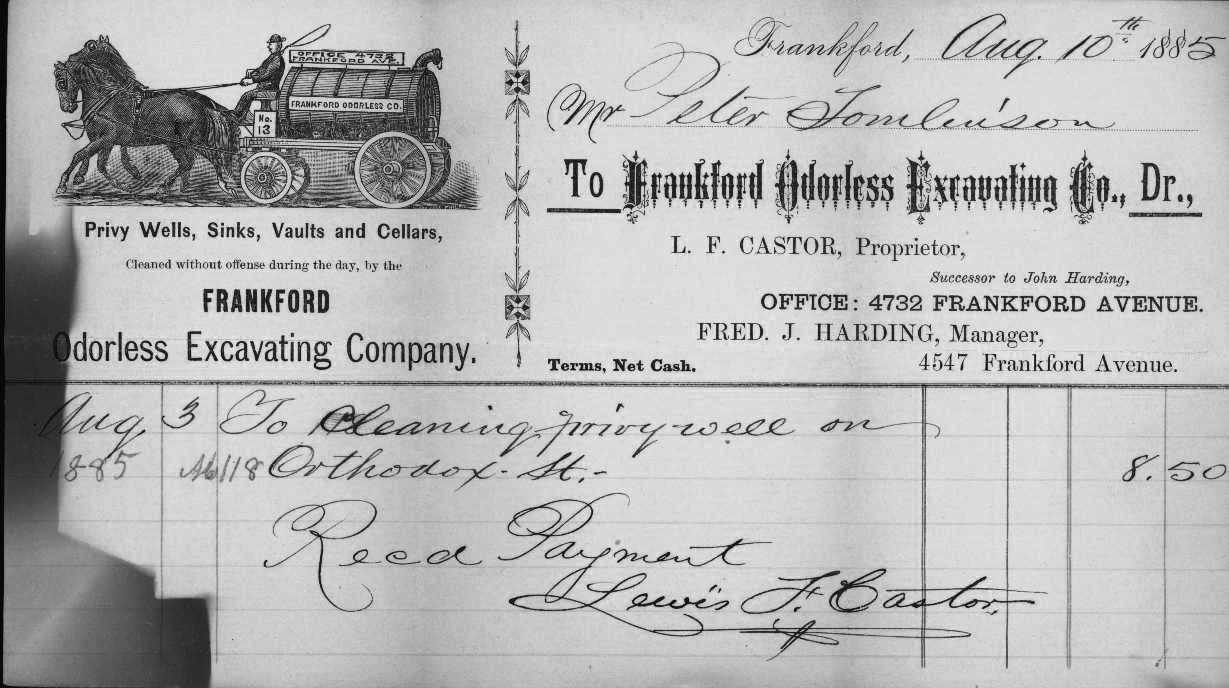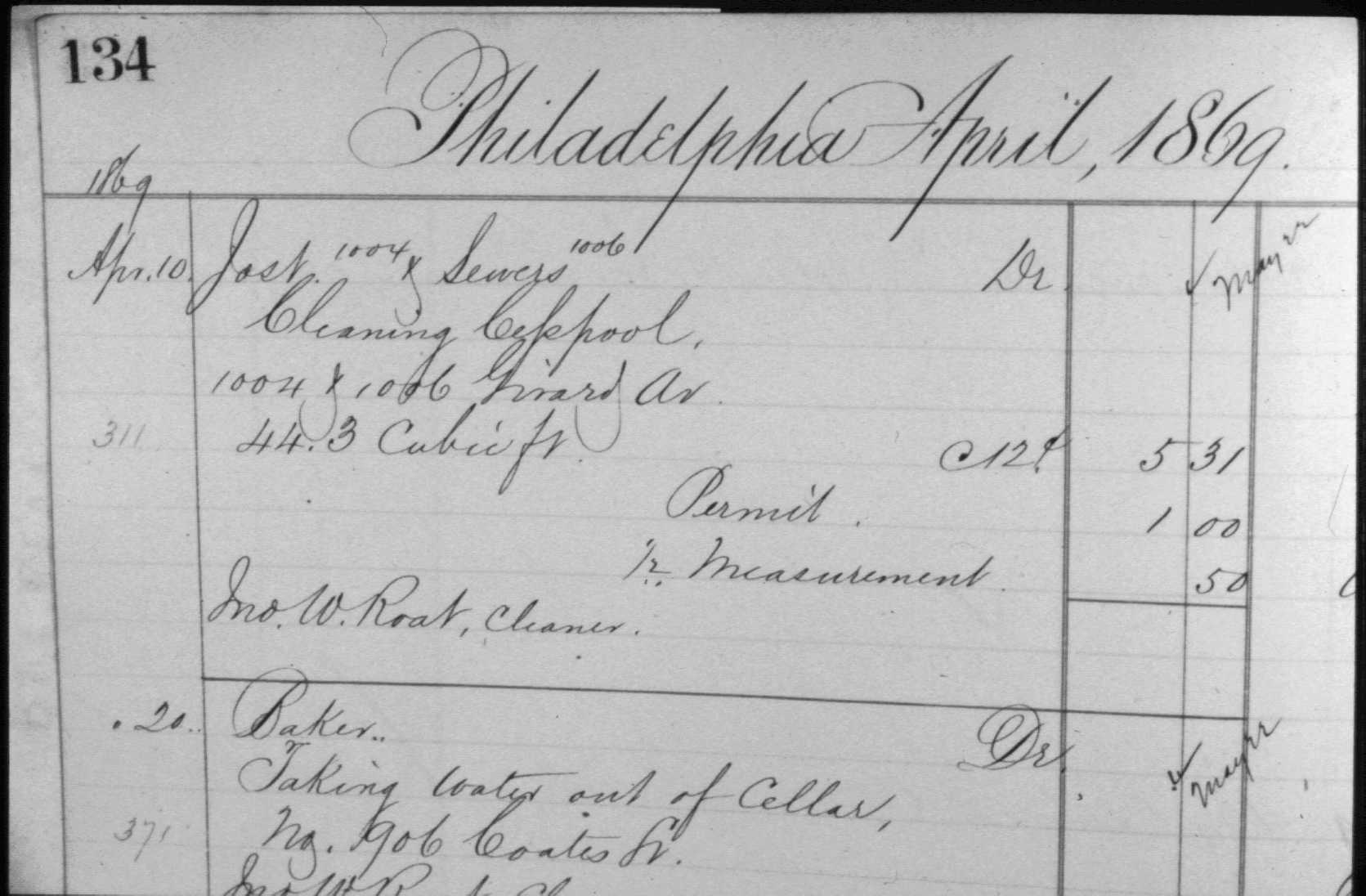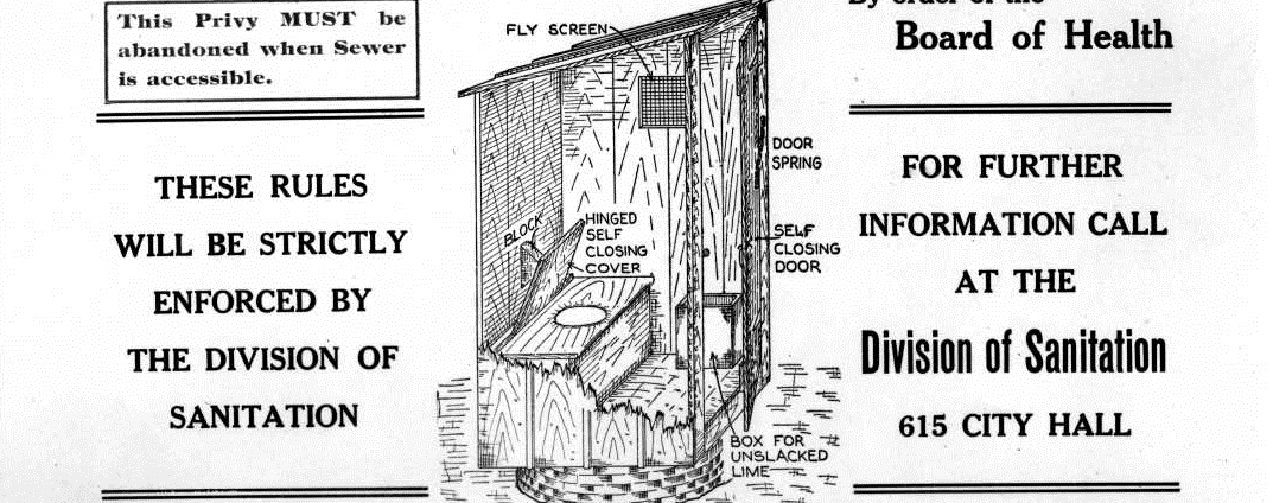Last week, water industry social media feeds were overflowing with talk of World Toilet Day. The United Nations officially made November 19 World Toilet Day in a 2013 resolution that gave urgency to a 2030 goal that is essentially our raison d'etre in this neck of the woods — “clean water and sanitation for all.”
In this case, sanitation means toilets, and not just any ol’ john: they want easy global access to bathrooms connecting to systems that protect people, waterways and the environment by properly disposing of waste.
“Toilets save lives, because human waste spreads killer diseases,” their campaign bluntly reminds us.
It’s hard to appreciate the magnitude of the problem: by UN estimates, most people on the planet don’t have what most Philadelphians probably see as a human right. More than 4 billion people live “without safely managed sanitation services,” the UN states, adding that women and children also face the threat of assault in places lacking bathroom infrastructure.
Luckily, they’ve made it easy and fun to learn more about this issue here, and they also make it clear how the 3.5 billion people with clean water and sanitation can help: just spread the word to others about why this is important and build support for policies that will allow developing countries to invest in solutions.
For 2019, the World Toilet Day campaign focused on a theme that resonates with Philadelphia’s history and the role toilets play as necessary infrastructure for thriving, modern cities.
In other words, you can’t beat poverty and eradicate suffering without toilets.
Reflecting on a pre-flush Philadelphia, @PhillyH2O historian Adam Levine helps us flush out some interesting insights about the relationship between toilets and our evolution toward a metropolis that once topped 2 million poop-making people.
From Privies to Polluted Rivers: Our Toilet Tale
By Adam Levine

An 1895 receipt for privy cleaning in the Frankford neighborhood. Our adoption of flush toilets was slow and messy enough that it's still causing issues in the form of Combined Sewer Overflows.
Whenever a new technology is adopted by society, there are unforeseen consequences.
Such is the case with flush toilets, which first appeared in Philadelphia houses in the 1830s, less than two decades after our Fairmount Water Works began offering an efficient means of delivering fresh water to homes.
The advent came at a time when the modern flush toilet was still taking shape, and these new luxurious devices were seen as a great improvement over backyard outhouses or privies used even by elites like Benjamin Franklin in early Philadelphia.
Toilets took advantage of the City’s municipal water service, which allowed every home to tap into street mains and pipe water directly to appliances (including sinks and bathtubs) inside the house for a small fee.
It's Gotta Go Somewhere…
There was, however, one significant problem: no one had developed a system for getting rid of all the “used water” (aka, sewage) that toilets and similar appliances produced.
Some tried piping wastewater into the brick-lined vaults beneath their privies. These were not designed to handle excess water—only undiluted “excreta,” the common 19th-Century word for bodily human waste.
As more and more appliances like toilets came online, more and more privies overflowed their noxious contents. In an era in which bad odors were considered primary causes of disease, neighborhood overflows became a serious public health concern.
By the 1860s, Philadelphia and many other cities found a solution that helped sustain our booming industry and population: the combined sewer, in which sewage was allowed into underground pipes that had previously only carried stormwater.
Locally, these waste-carrying pipes were directed to the nearest waterway, which was considered preferable to letting the deleterious odors of those wastes linger in privy pits and endanger those around them.
Engineers believed that diluting waste in flowing water would render it harmless; this worked…up to a point.
But as the city expanded, the amount of sewage entering waterways overwhelmed the ability of water to decompose it. And since we drew our municipal drinking water from the same rivers (the Delaware and Schuylkill) that we were polluting with our sewage, the result was epidemics of waterborne diseases that killed tens of thousands of Philadelphians in the years between the Civil War and World War I.
Through all of this and well into the 20th Century, privies were still used in the city and regulated by City health officials. Our archives include a receipt from a private company that cleaned a home privies.
 This black and white receipt scanned from 1915 shows a bill for cleaning a privy in Frankford, showing just how recently Philly was coping with the pitfalls of pit toilets. Credit: PWD Archives.
This black and white receipt scanned from 1915 shows a bill for cleaning a privy in Frankford, showing just how recently Philly was coping with the pitfalls of pit toilets. Credit: PWD Archives.
The ledger documents a Board of Health-ordered emptying of an overflowing privy. Privies continued to be used in parts of the city at least until the 1930s.
We also have a copy of privy regulations from 1915, which indicates just how long pit toilets were used in some of the more remote areas of the city, where sewers had yet to be built:
Modern Solutions for the Poop Problem
By 1914, a water filtration and chlorination system put an end to water-borne epidemics, but it took until the 1950s before the city’s long-planned sewage collection and treatment system was completed.
And, like the more than 800 U.S. communities served by older combined sewers, today we are working to reduce sewer overflows (the biggest local source of pollution) that occur when flushed toilets meet heavy downpours and the mix of diluted waste is too much for our three wastewater treatment plants to handle.
Watch 'Welcome Back Otter!' for a quick lesson on combined sewers and our solution:
Set for a 2036 completion, the Green City, Clean Waters sewer overflow-reduction program is essentially designed to address the negative side effects that came from introducing flush toilets before we had anywhere for a flush to go. Instead of treating stormwater like waste, we are using it as an asset to green neighborhoods – and freeing up the sewers to carry away your flush.
These days, the UN and others working to bring toilet tech to every corner of the globe advocate for solutions like composting toilets, which protect human and environmental health so communities can get the benefits of the commode without the catastrophe of epidemics or the pollution of combined sewer overflows.
And that foresight, we think, is something to be thankful for.
Like reading about the history of water and infrastructure in Philly?
We are in the process of updating the original PhillyH2O.org history site, with a new look and, more importantly, with additional content. Please take a minute to fill out a survey to help us create a site that better serves your needs and interests. The survey is completely anonymous.
